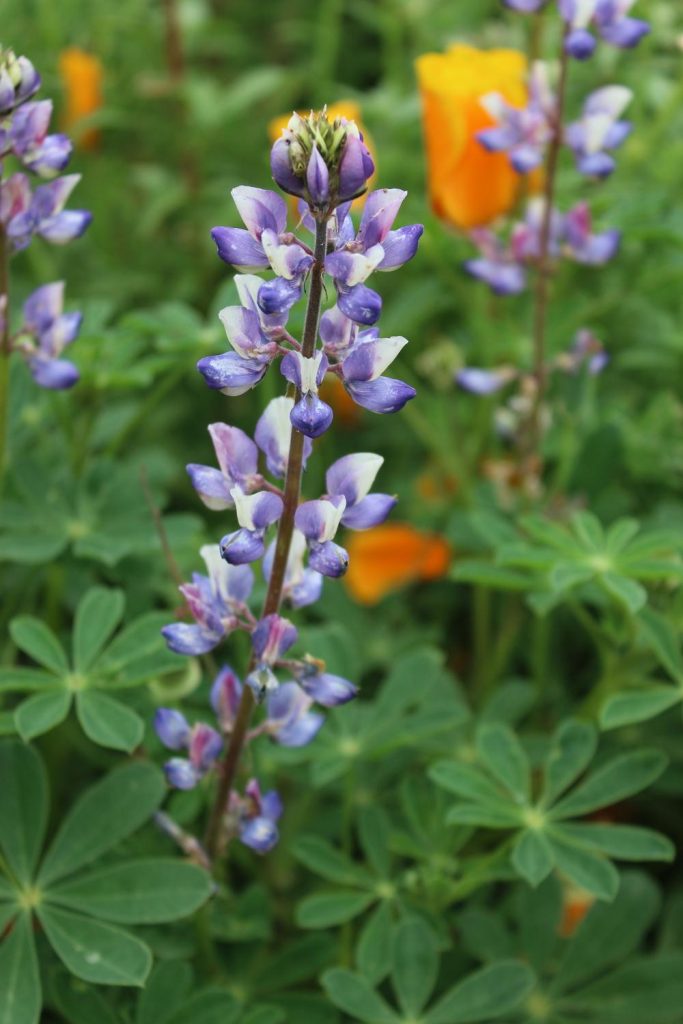
Click here to view a Jepson video
Click here to view the Jepson eFlora key to the family
The Fabaceae, the legume, pea, or bean family, is one of the largest plant families. Here are some key characteristics:
- Nitrogen Fixation: Plants have a symbiotic relationship with nitrogen-fixing bacteria in their root nodules. This allows them to convert atmospheric nitrogen into a form that plants can use for growth, making them important for soil fertility.
- Compound Leaves: Each leaf is composed of multiple leaflets arranged along a central stalk called a rachis.
- Flower Structure: Typically bilaterally symmetrical and consist of five petals: an uppermost banner petal, two lateral wings, and two lower petals fused together to form a boat-shaped structure called the keel.
- Fruit Type: Pods, legumes, capsules, and samaras.
- Cultural Importance: Cultivated for food, forage, timber, and other purposes. Examples include beans, peas, lentils, soybeans, alfalfa, clover, and peanuts.
- Diversity: One of the largest families of flowering plants, comprising over 19,000 species distributed worldwide. This diversity includes annual and perennial herbs, shrubs, and trees adapted to a wide range of habitats, from tropical rainforests to arid deserts.
- Environmental Role: Due to their ability to fix nitrogen, plants play a crucial role in ecological succession, soil improvement, and ecosystem stability. They are often used in agroforestry, crop rotation, and soil conservation practices to enhance soil fertility and productivity.